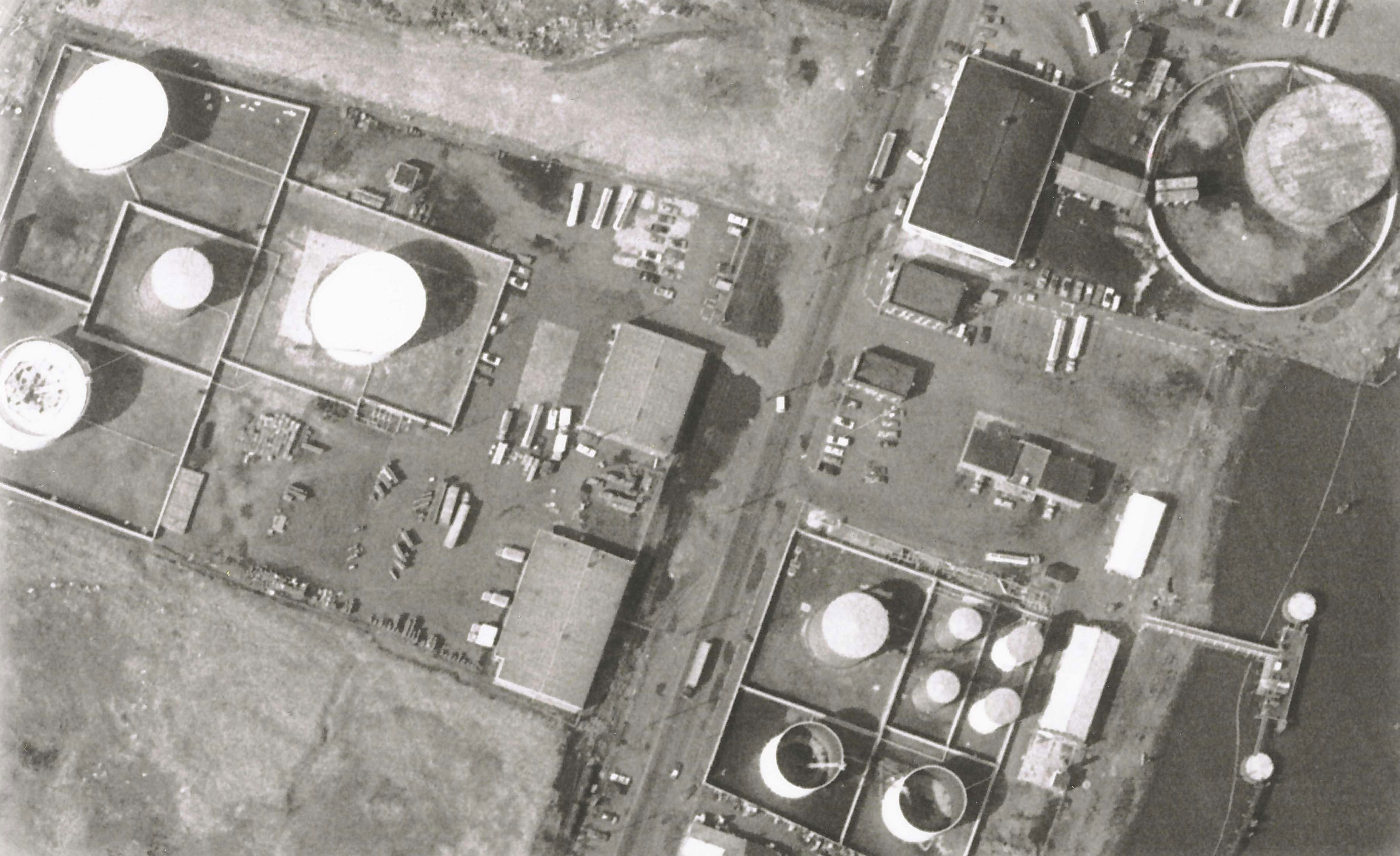Spill Act Sites
Location: New Jersey and Maryland
Regulatory Program: Superfund (CERCLA), Industrial Site Recovery Act (ISRA)
Duration: January 2003 to Present
Summary: PRP representation on multi-party sites
Princeton Geoscience has provided technical support to a client involved as a PRP at seven multi-party sites undergoing investigation and remediation in New Jersey and Maryland.
Site A is a large waterway where a Remedial Investigation and Feasibility Study (RI/FS) is being performed by a large group of PRPs. The RI/FS will identify appropriate remedial measures to address widespread contamination of sediment with metals and PCBs, resulting from the past discharges from Drilling for monitoring well installationnumerous industries, landfills and sewerage authorities over many decades. Princeton Geoscience has participated as a Technical Committee member for Site A, reviewing technical strategies and draft documents generated by the project consultants. In addition, we have monitored overall project status, reviewing cost allocation and budget documents as requested by our client.
Site B is a former chemical processing facility located in a New Jersey Brownfields Development Area. Seeking to bring the site back to productive use, the PRPs conducted a fast-tracked supplemental RI under NJDEP oversight, selected and planned a remedy to address metals, PCBs and VOCs in soil and VOCs in groundwater. Princeton Geoscience reviewed and provided comments on technical documents prepared by the project consultants, providing recommendations to improve technical quality and/or completeness of the documents.
Site C is a former drum refurbishing site where historical operations also included leather tanning. Past releases from these operations resulted in soil and groundwater impacts by VOCs and metals, including arsenic historically used in leather tanning. Princeton Geoscience participated in technical planning sessions and provided review and comment on technical deliverables during the RI/FS. We further assisted the client by reviewing project budgets and an offer for small parties to “cash out”, which our client accepted.
Site D is a former chemical recycling facility originally used for bulk petroleum and petroleum product storage beginning in the 1930s. Adjacent land use includes two active petroleum product terminals. Releases on the site and adjacent properties resulted in a complex mix of petroleum related and chlorinated VOC related impacts to soil and groundwater. Princeton Geoscience assisted the client by providing review and comment on consultant reports during supplemental RI work at this site. Additionally, working with an environmental forensics specialist, we developed a technical work scope to evaluate discharge origins at several locations onsite, and to assess impacts related to an early site operator not yet participating in the remediation project. Our client’s participation in the project was subsequently terminated, as a result of a settlement agreement between the parties.
Site E is a former chemical processing and recycling facility. Sites F and G are landfills where solid and hazardous waste disposal formerly took place. Records of Decision were issued for the onsite sources at these sites during the 1990s and remedies based on containment were in place and operating. Princeton Geoscience’s role for these sites was limited to periodic review of cost projections and some interaction with the client and project consultants in connection with supplemental activities for additional operable units.
